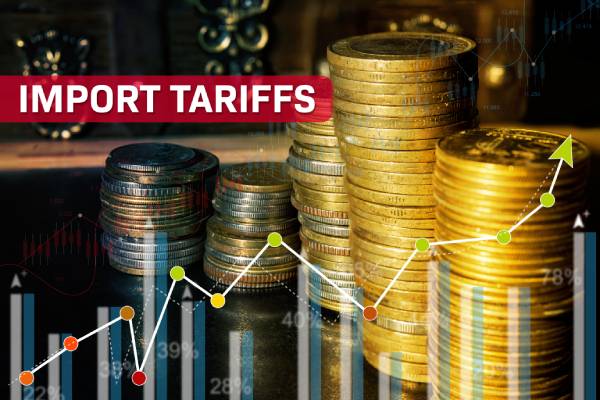What You Need to Know: U.S. Tariffs on Mexico, Canada, and China Explained
The U.S. has imposed new tariffs on imports from Mexico, Canada, and China, sparking concerns about rising costs, supply chain disruptions, and potential retaliation from trade partners. Here’s what you need to know:
The New Tariffs
- A 25% tariff has been placed on imports from Mexico and Canada.
- A 10% tariff applies to Canadian energy products.
- A 10% tariff targets goods from China.
- The tariffs take effect on February 4, 2025.
Key Supply Chain Implications
1. Increased Costs for Manufacturers and Retailers
Many U.S. companies rely on materials, parts, and finished goods from Mexico, Canada, and China. Higher tariffs mean increased costs for businesses sourcing from these countries, which could be passed on to consumers.
2. Potential Disruptions in Automotive and Energy Sectors
- The automotive industry, heavily reliant on parts from Canada and Mexico, may face cost hikes and production delays.
- Tariffs on Canadian energy products could raise fuel and electricity costs, affecting transportation and manufacturing.
3. Supply Chain Diversification Accelerates
Companies will likely a…



Comments are closed, but trackbacks and pingbacks are open.